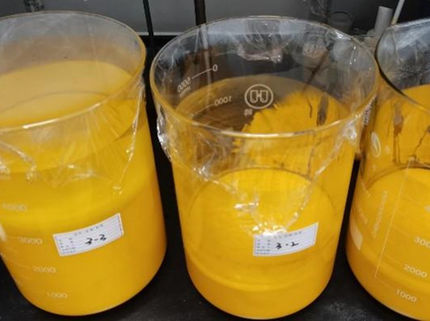ECHA Scientific Committees adopt their first opinions on restriction proposals under REACH
The Committee for Risk Assessment (RAC) adopted its two first opinions at its meeting of 8-11 March on proposals submitted by France. The first was to restrict dimethylfumarate (DMFu) in articles and the second to restrict lead and its compounds in jewellery. In a parallel meeting the Committee for Socio-economic Analysis (SEAC) agreed on draft opinions for the same restriction proposals.
Dimethylfumarate (DMFu)
RAC considered that there is a serious risk to consumers from the use of articles treated with DMFu and that the suggested restriction on the production and placing on the market of articles containing DMFu is appropriate in order to reduce the risk to consumers.
SEAC concluded in its draft opinion that a restriction of DMFu in articles is the most appropriate Community-wide measure, and that the action is justified from a socio-economic point of view. As foreseen by REACH, the draft opinion of SEAC will be published for public consultation. The final SEAC opinion is scheduled to be adopted in June 2011.
The inclusion of DMFu in articles is controlled by a temporary ban until 15 March 2012 requiring Member States to ensure that articles containing DMFu are not placed on or made available to the market. (Commission Decision of 17 March 2009). The ban was introduced due to several reports in many of the Member States of severe skin reactions (dermatitis) in consumers exposed to DMFu in articles, such as leather sofas and shoes. DMFu had been used as an anti-moulding agent in the articles. The French restriction proposal aims to make the temporary ban permanent. The scope and conditions of the proposed restriction are the following: Articles or any parts thereof containing DMFu in concentrations greater than 0.1 mg/kg are prohibited from being produced and placed on the market in the EU. The restriction would apply to all types of articles containing DMFu. Manufacturing and import of the substance (DMFu) itself is not included in the restriction proposal.
Lead and its compounds in jewellery
RAC considered that lead contained in jewellery may significantly contribute to the exposure of children to lead by them putting it in their mouths, and that a restriction is therefore appropriate. RAC agreed in principle with the French proposal to have a restriction for lead in jewellery; however, after assessing the dossier and the information submitted during the public consultation, RAC suggested to base the restriction on the content of lead in the articles unless it could be demonstrated that lead is not released when a children put a piece of jewellery in their mouth by children.
SEAC concluded in its draft opinion that the benefits for human health of the restriction of lead in jewellery appear proportionate to the costs of the restriction. SEAC proposed the restriction to be based only on the content of lead in jewellery articles instead of release as it is easier to measure in practice. Derogations for crystals and precious and semi-precious stones are proposed, as well as for jewellery more than 50 years old. The draft opinion of SEAC will be published for a consultation on the ECHA website. Due to the differences between the RAC opinion and the original proposal from France, ECHA decided to postpone the adoption of the SEAC opinion until September 2011.
Children may be exposed to lead when they suck or unintentionally ingest jewellery. In general, the adverse health effects of lead are severe and children are more vulnerable than adults to the effects it can have on the central nervous system. In order to protect children from exposure to lead, France proposed that lead should not be used in jewellery articles and jewellery which release lead above a specified limit should not be placed on the EU market. Canada and the United States have already introduced lead content limits in jewellery for children.
Most read news
Other news from the department politics & laws

Get the chemical industry in your inbox
By submitting this form you agree that LUMITOS AG will send you the newsletter(s) selected above by email. Your data will not be passed on to third parties. Your data will be stored and processed in accordance with our data protection regulations. LUMITOS may contact you by email for the purpose of advertising or market and opinion surveys. You can revoke your consent at any time without giving reasons to LUMITOS AG, Ernst-Augustin-Str. 2, 12489 Berlin, Germany or by e-mail at revoke@lumitos.com with effect for the future. In addition, each email contains a link to unsubscribe from the corresponding newsletter.





























































